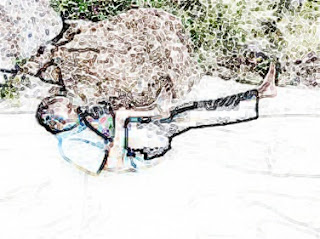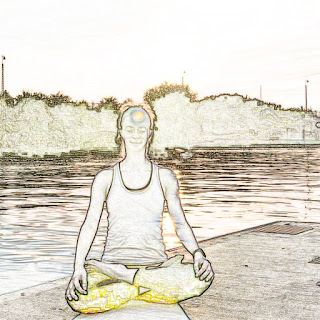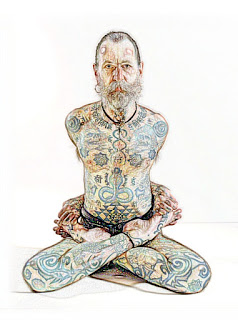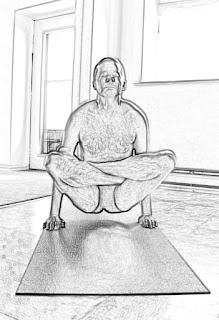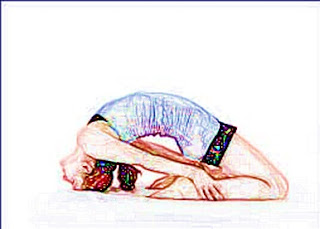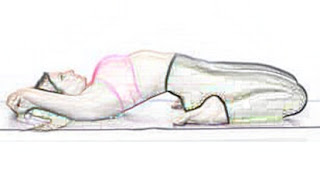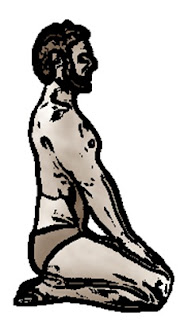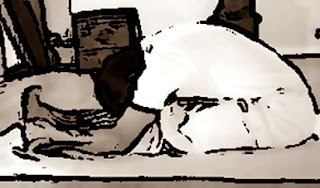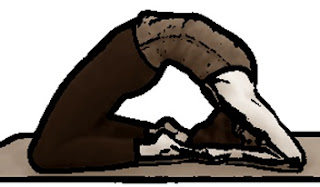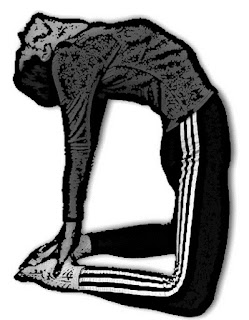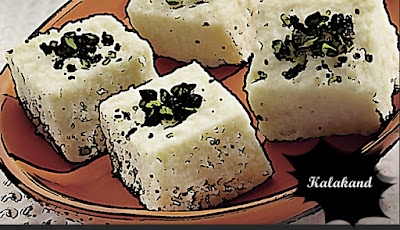Shavasana
The Yoga practitioner only knows that the most difficult and unaccountable seats in Yogas are Shavasana. And interestingly, it is not understood why this housework is easy to think of as a very easy situation for many.
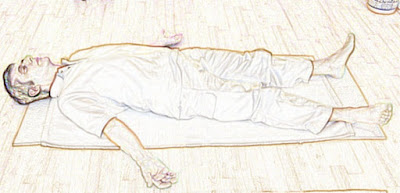 |
| Shavasana |
According to Yogis, according to the practice, one should take a break from the 20 to 30 years of seva at every stage of the practice. After a few consecutive sessions of the Ijaya, some important sessions of Yoga have been rested for the rest of the day after the practice of Shibasan. In this way, after a yoga practice, there is no harm to the body if you take a break from sleeping between 30 to 45 seconds. Rather, according to the nature of any other seat, the practice of Shabansan is very important as the process of bringing back differentiation or transfusion of blood to blood transfusion or excessive blood transfusion of the body, in the process of bringing it back to a better normal state of the past.
The body of the dead is dead. As a deceased person has no authority or control over the organs of his body, so in habitat, he will have no authority in any part of the body of the habitat. Like a dead person, the seat maker will have to move away from the real world for a while. The person and the person will not be there. All thoughts have to keep the mind away for a while.
Method:
Keep the two hands on both sides of the body and sit down and write down. The palm of the hand and the leaves of the feet will be slightly tilted on both sides. Or keep the way you like it. Now relax each organ of your body. Lose each pair of muscles and muscles. No part of the body will have any effect. Keep quiet, slow, slow, thoughtful; Breaths will be easy and slow. Remember, you are far away from the real world. Feel free to relax in the mind, your limbs are no longer yours, you do not even know where they are. If you sleep in this seat, it is understandable that the seat is properly practiced.
According to many, one to one part of the body from the legs to the rest and relax then the head will be relaxed. The process is really difficult and unmistakable. However, it should be done in the same way that it seems easy and natural. The real purpose is to relax the body by thinking unconditionally, giving full rest to the body and mind for a while, that is how it is.
.
Advantages:
Habitat is a potentially useful seat. After a long time or after rigorous work or after insomnia, this exhaust is exhausted by all the fatigue and fatigue of the body and mind. New life energy, enthusiasm, and return to work. Those who have to work too much physically and emotionally, their seats must be done. If the mind and nervous system need no rest, there may be many difficult diseases like nervous weakness, deafness, viscosity, etc. Even losing mental balance is not uncommon. Many people think that this seat of the students has worked like 'dead sanjeebani'. Especially after studying during the exams, after resting for some time in this constituency, fatigue increases, not only removes fatigue but also renewed energy. After almost all the seats, there is a need to rest for a short period of time. Because, in other seats, the body moves in plenty of blood. Then, after resting in Shavasana, the movement of blood became normal again. Must increase the blood pressure and seat for cardiologists. For women, two months before childbirth and at least two months after the delivery, rest should be rested for some time.
